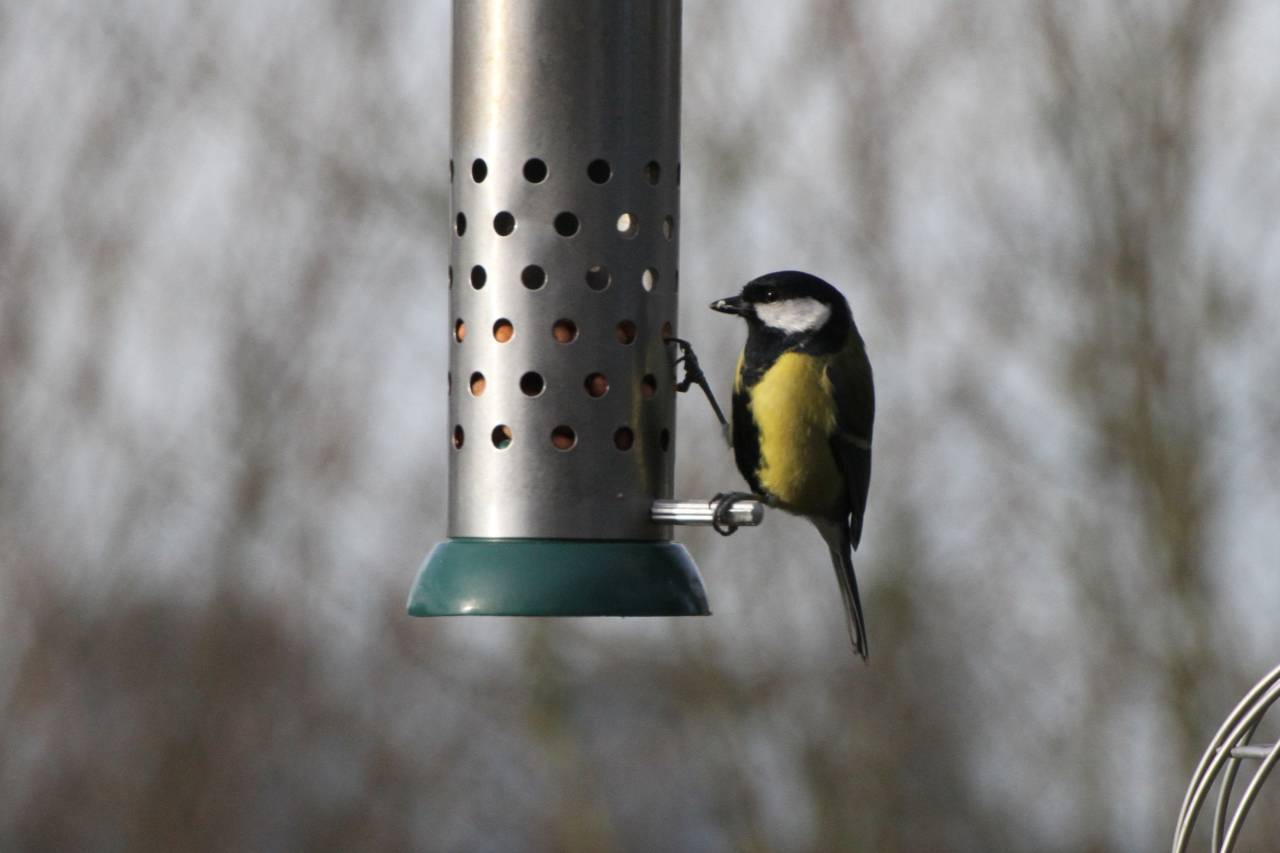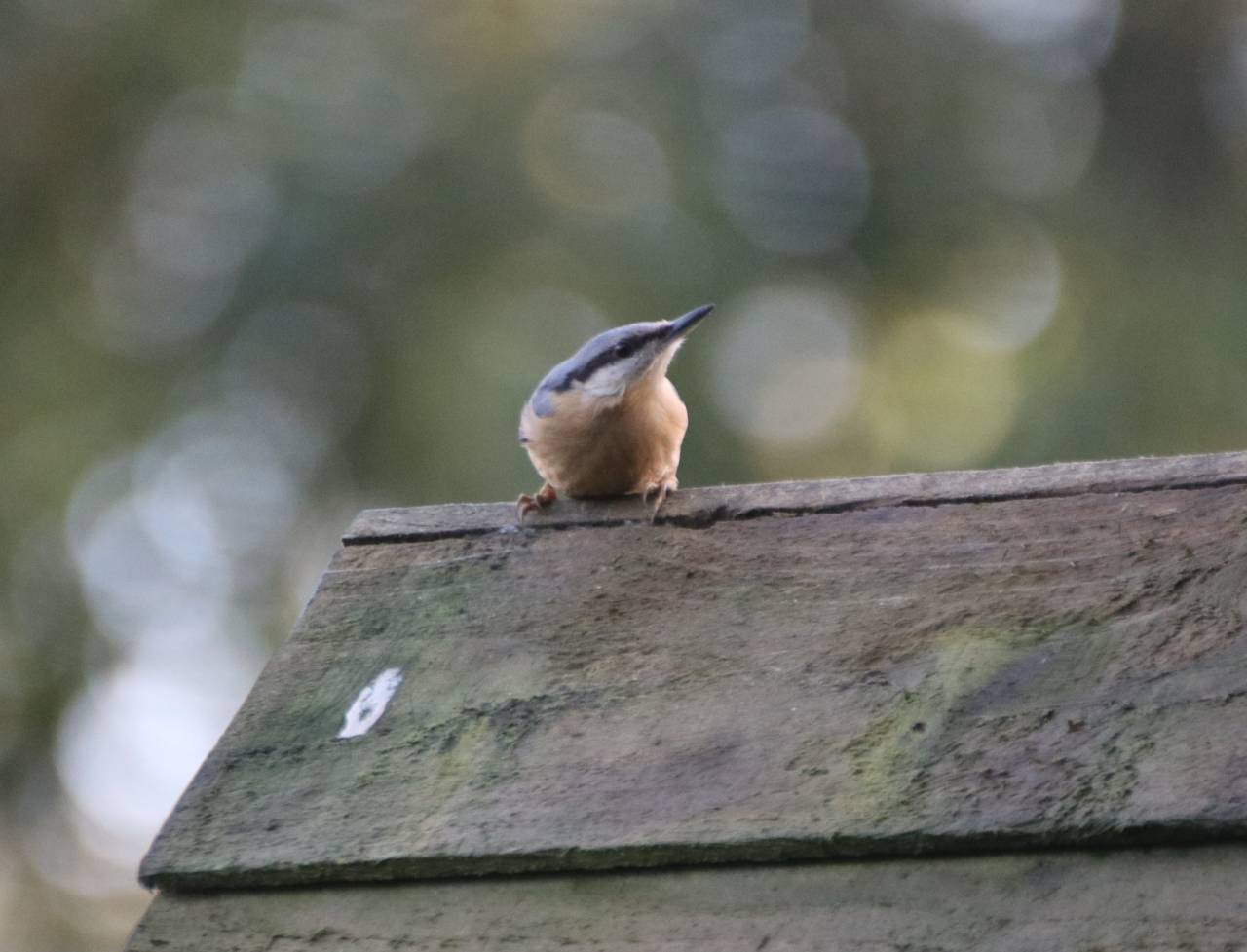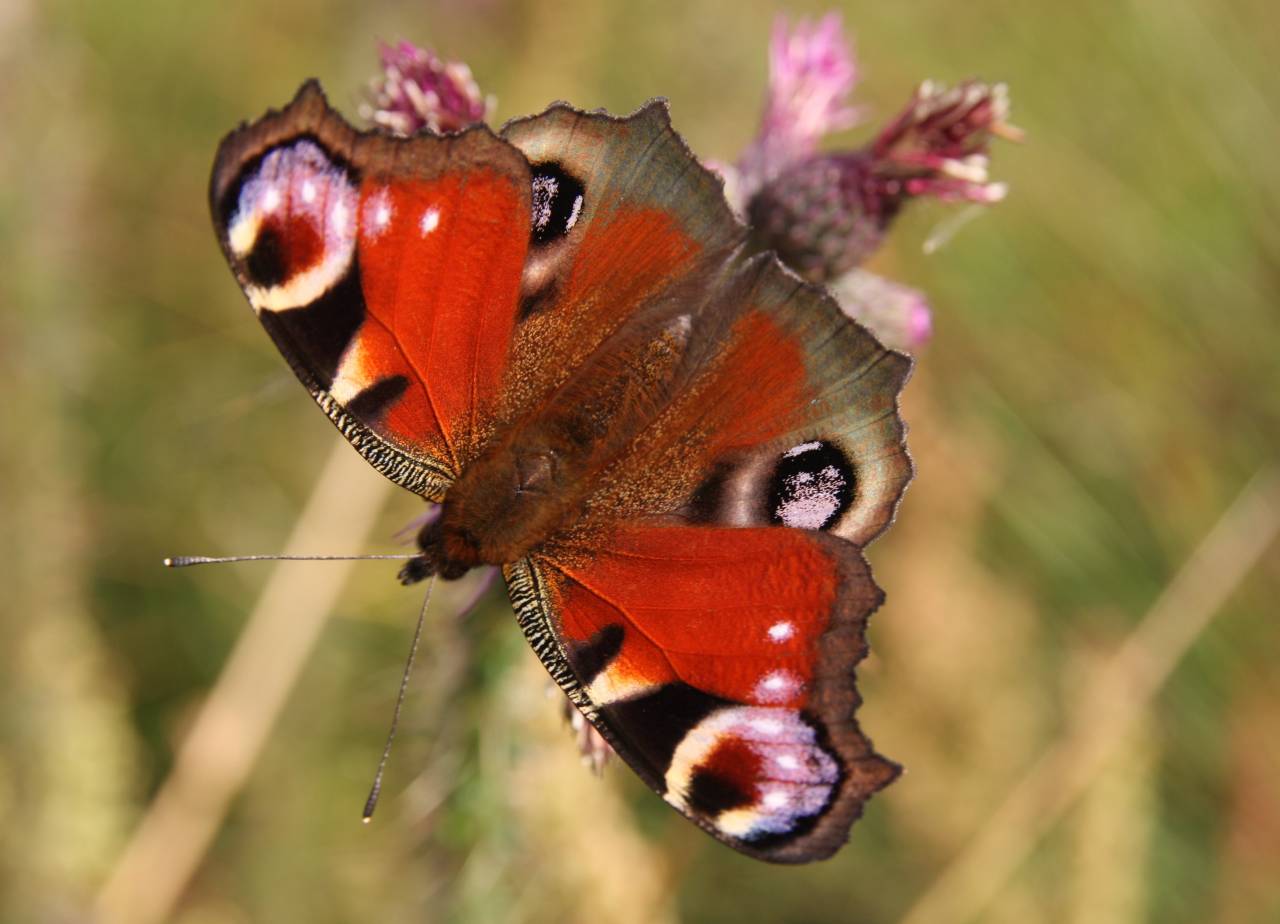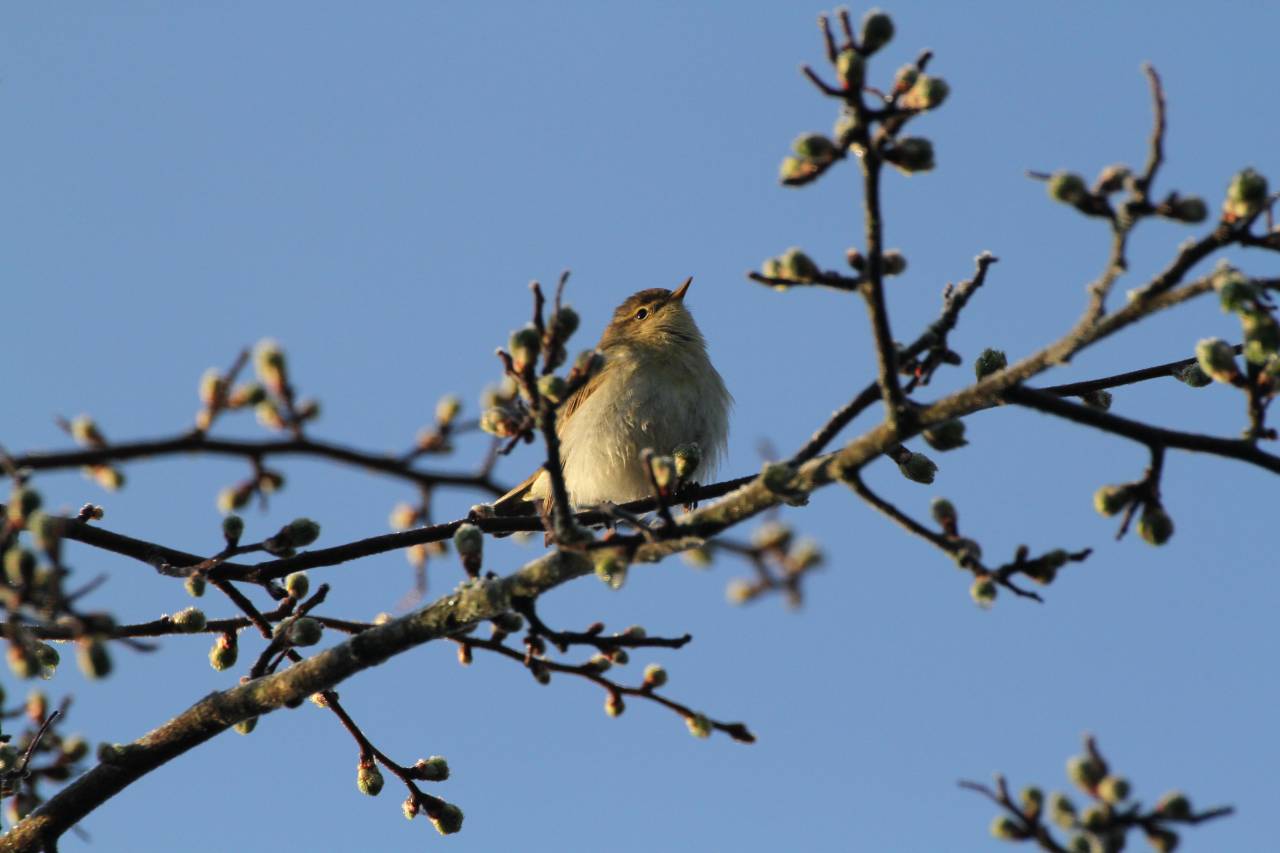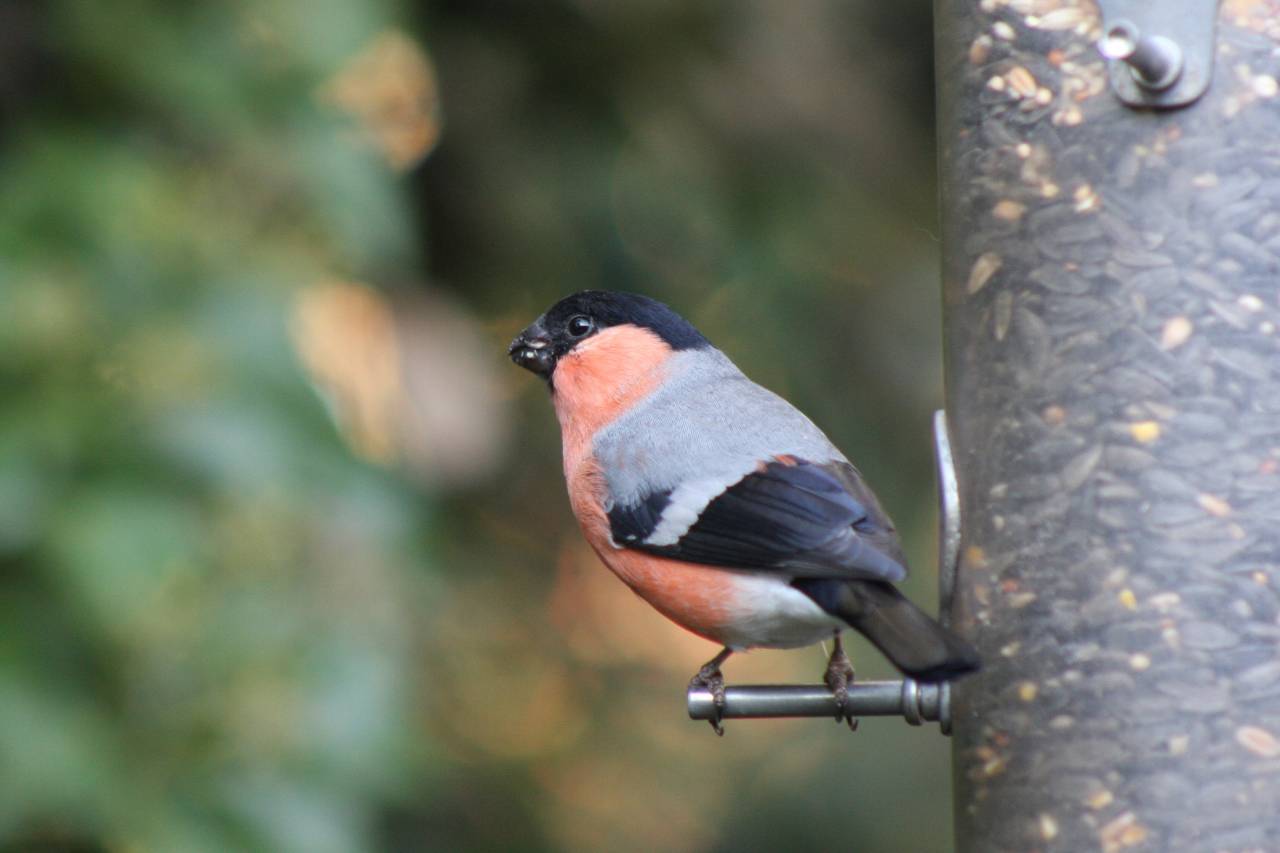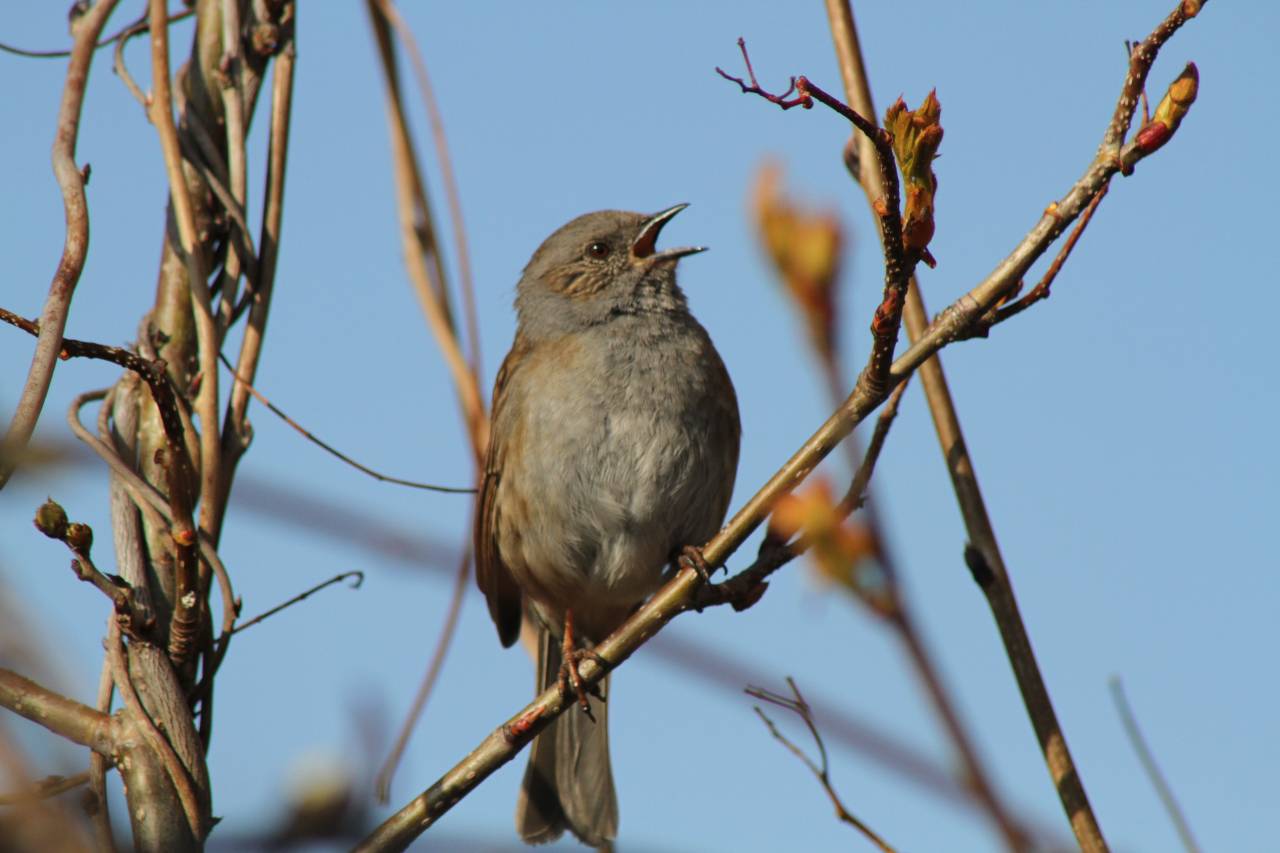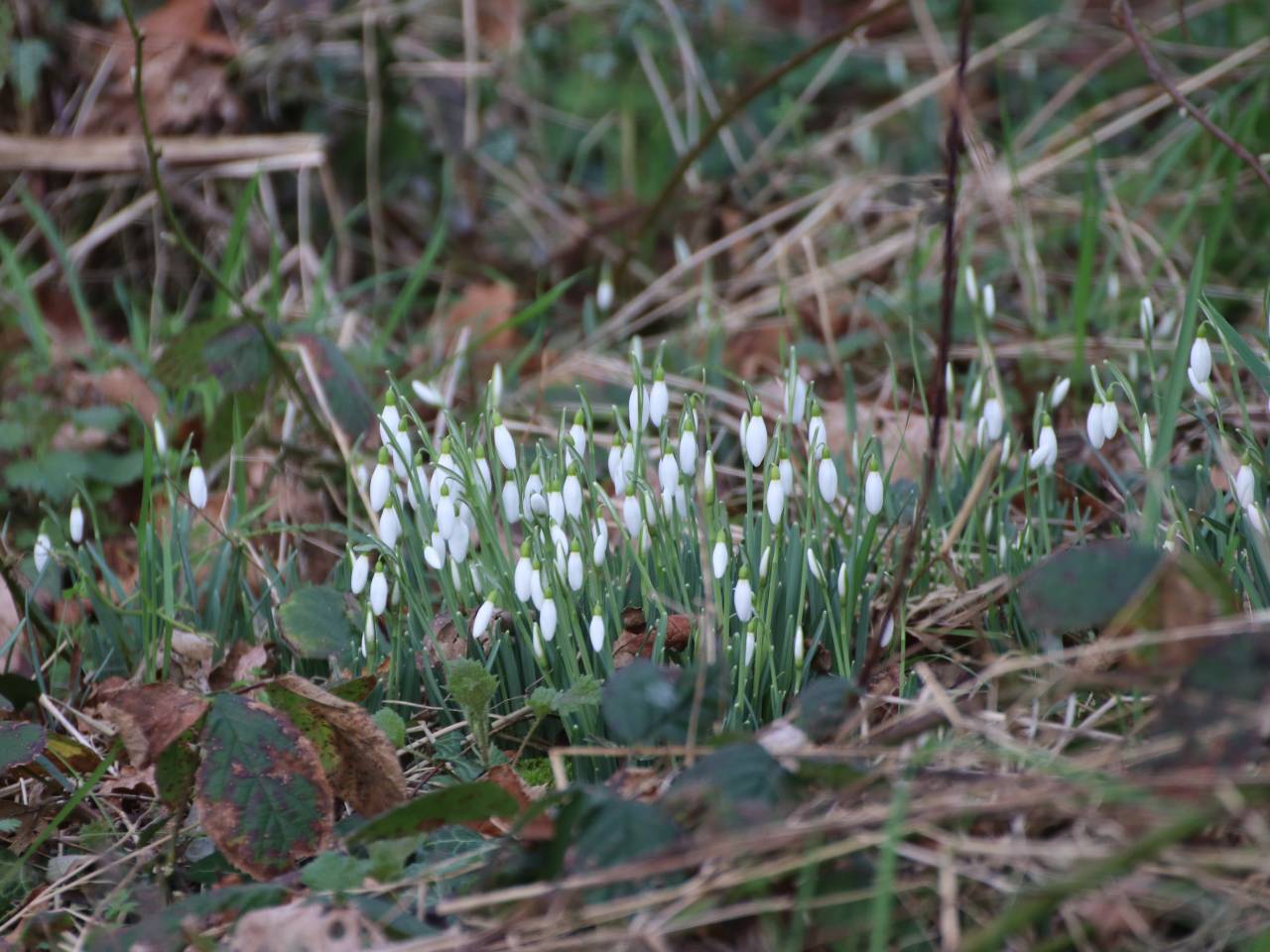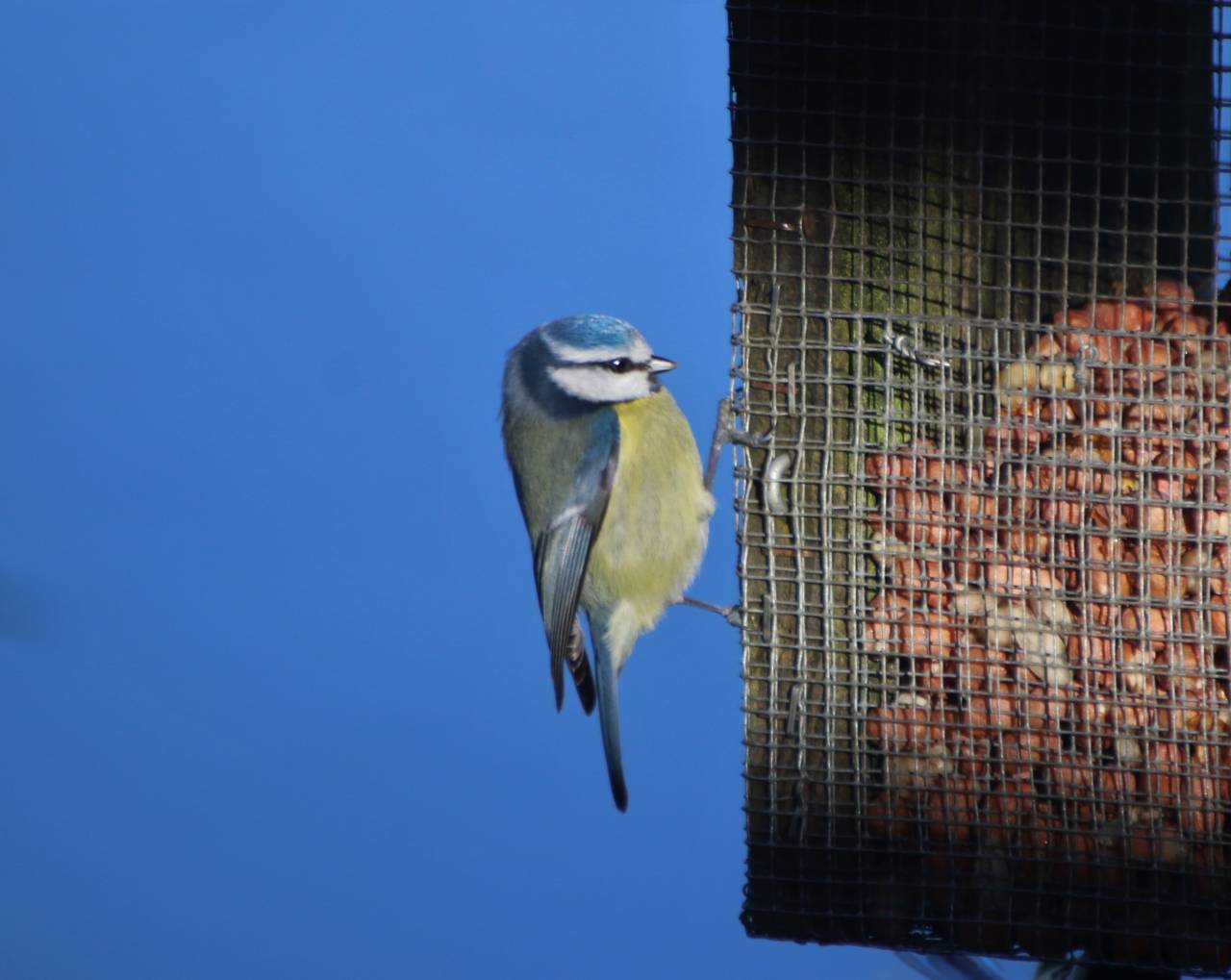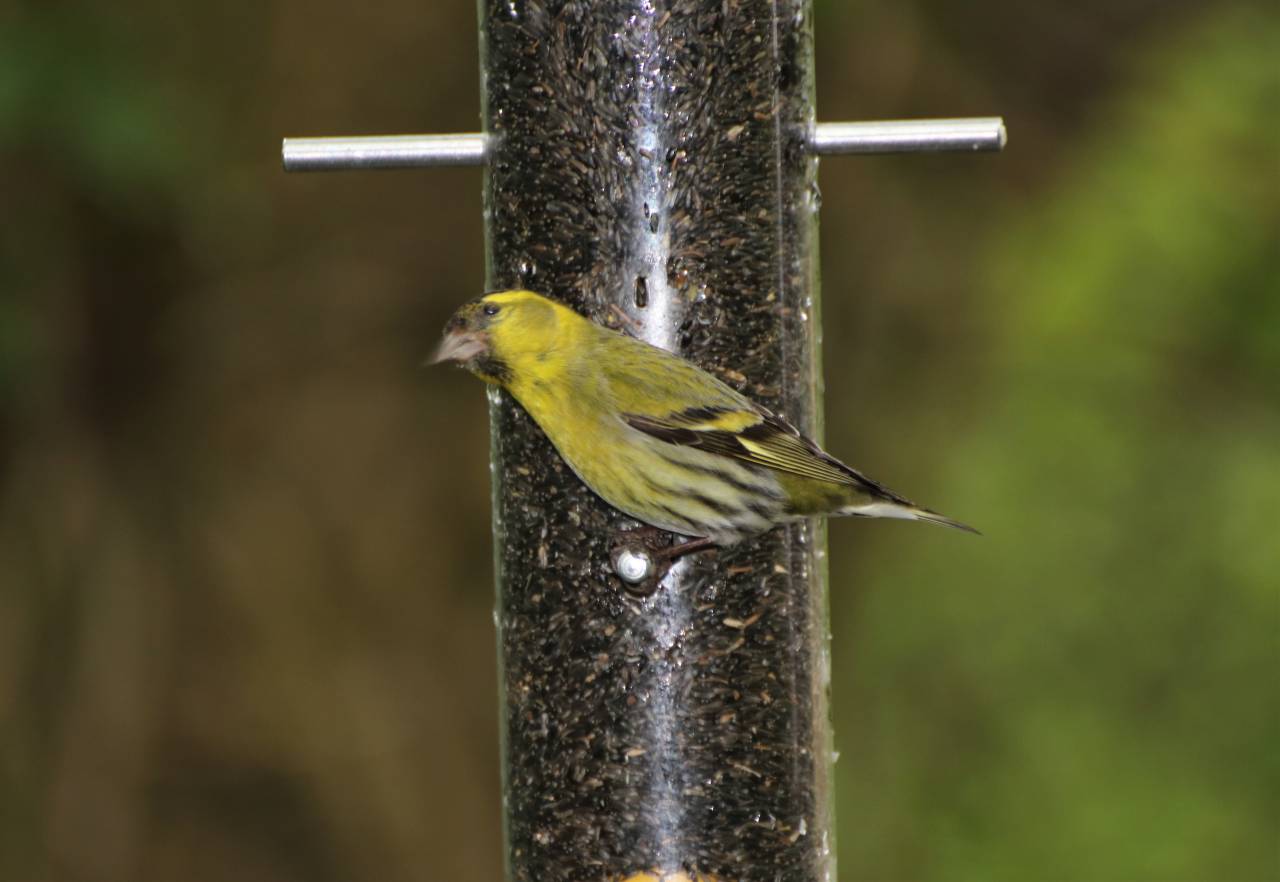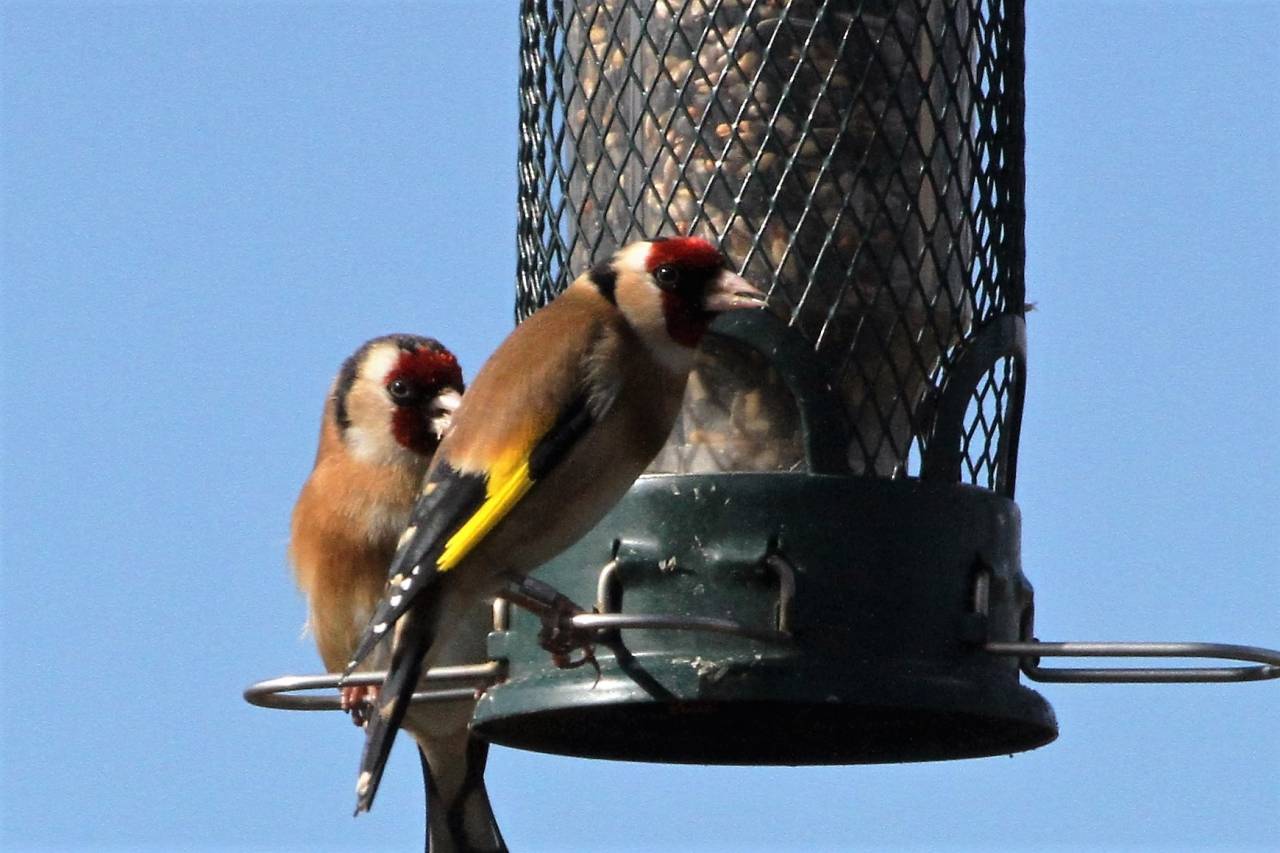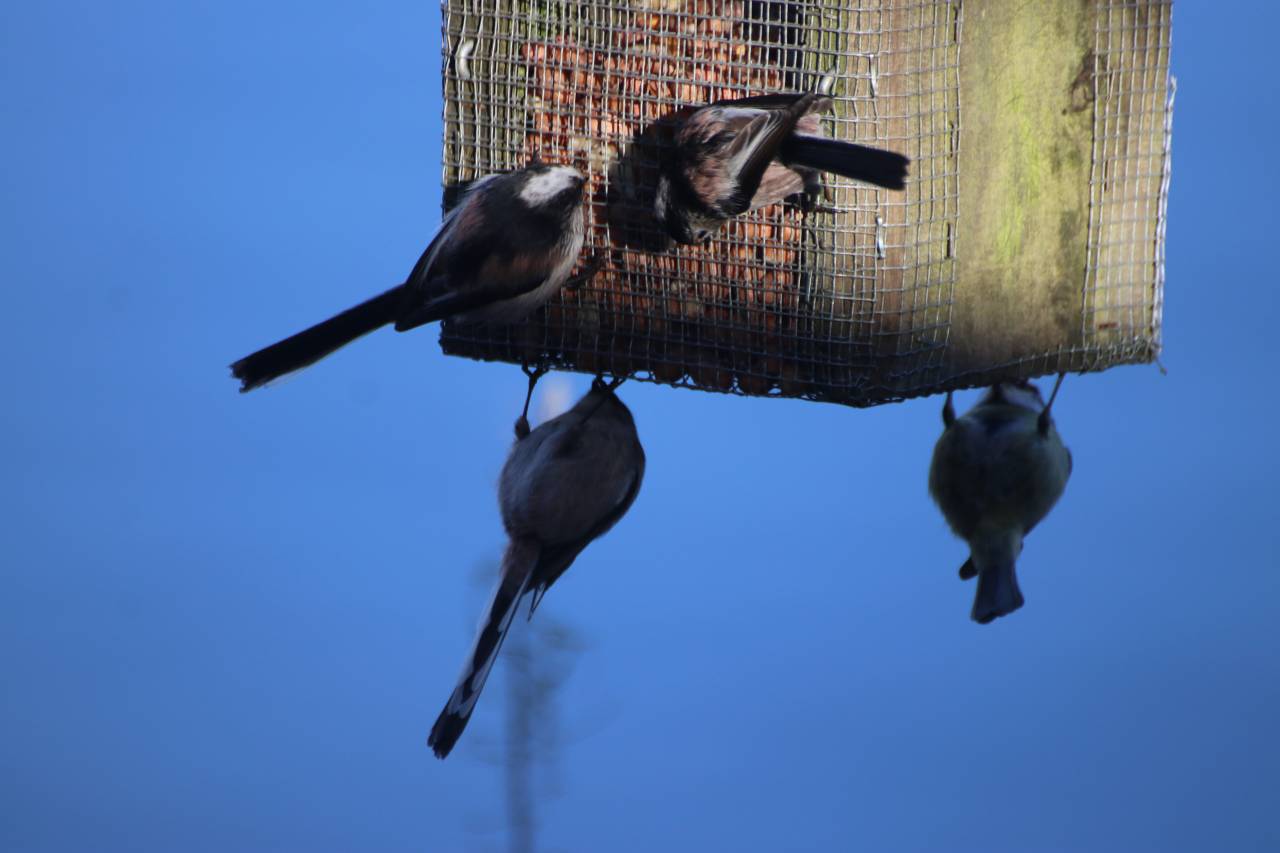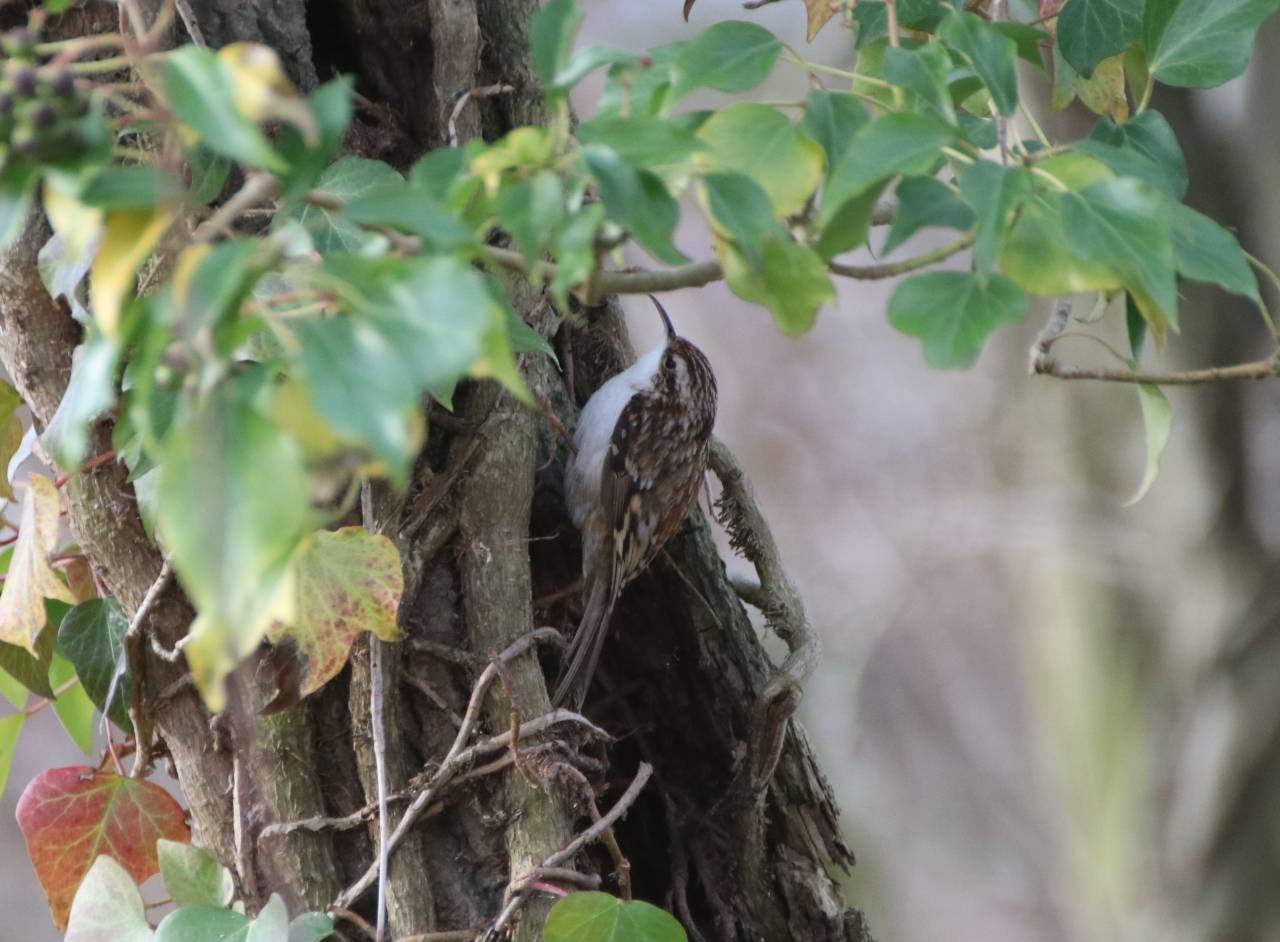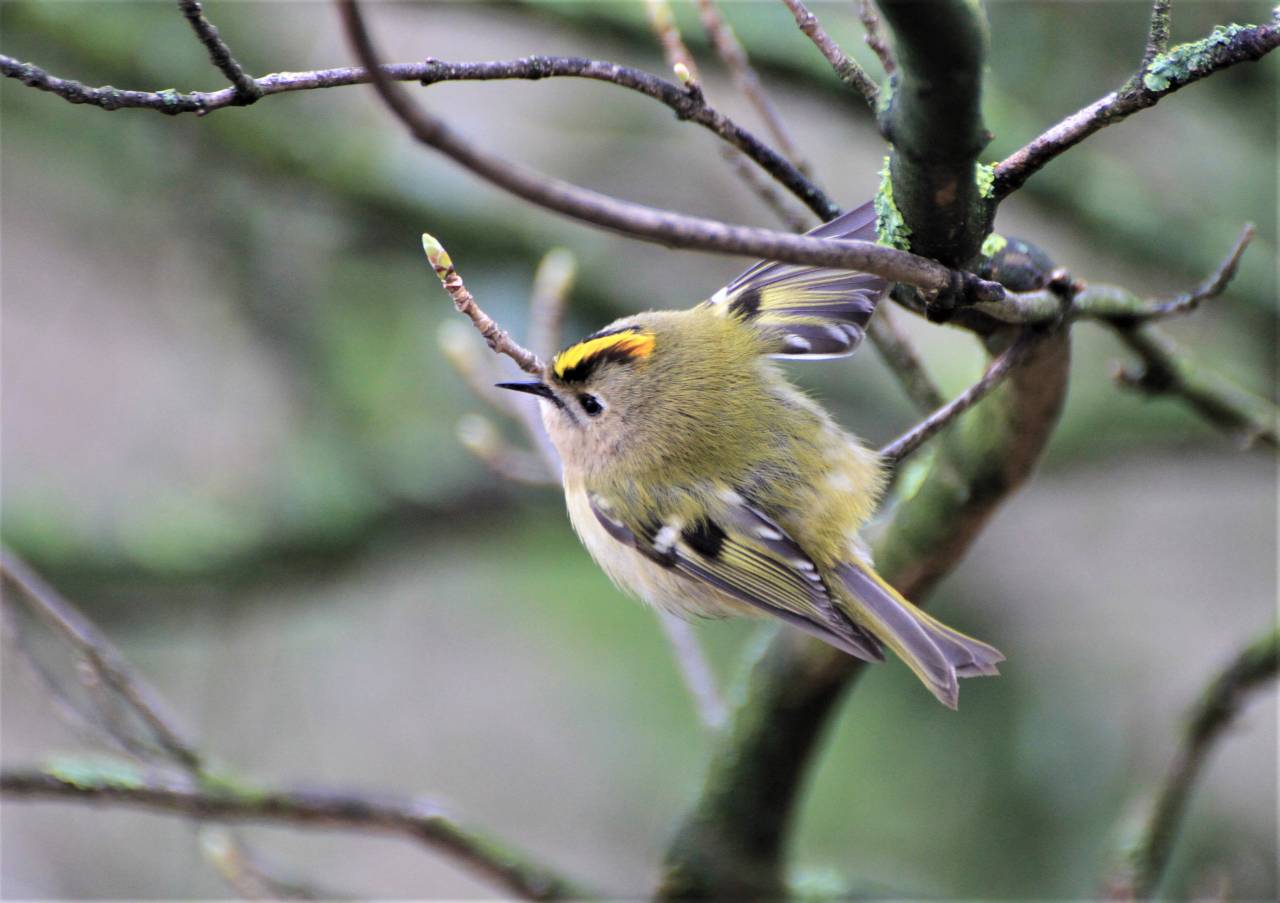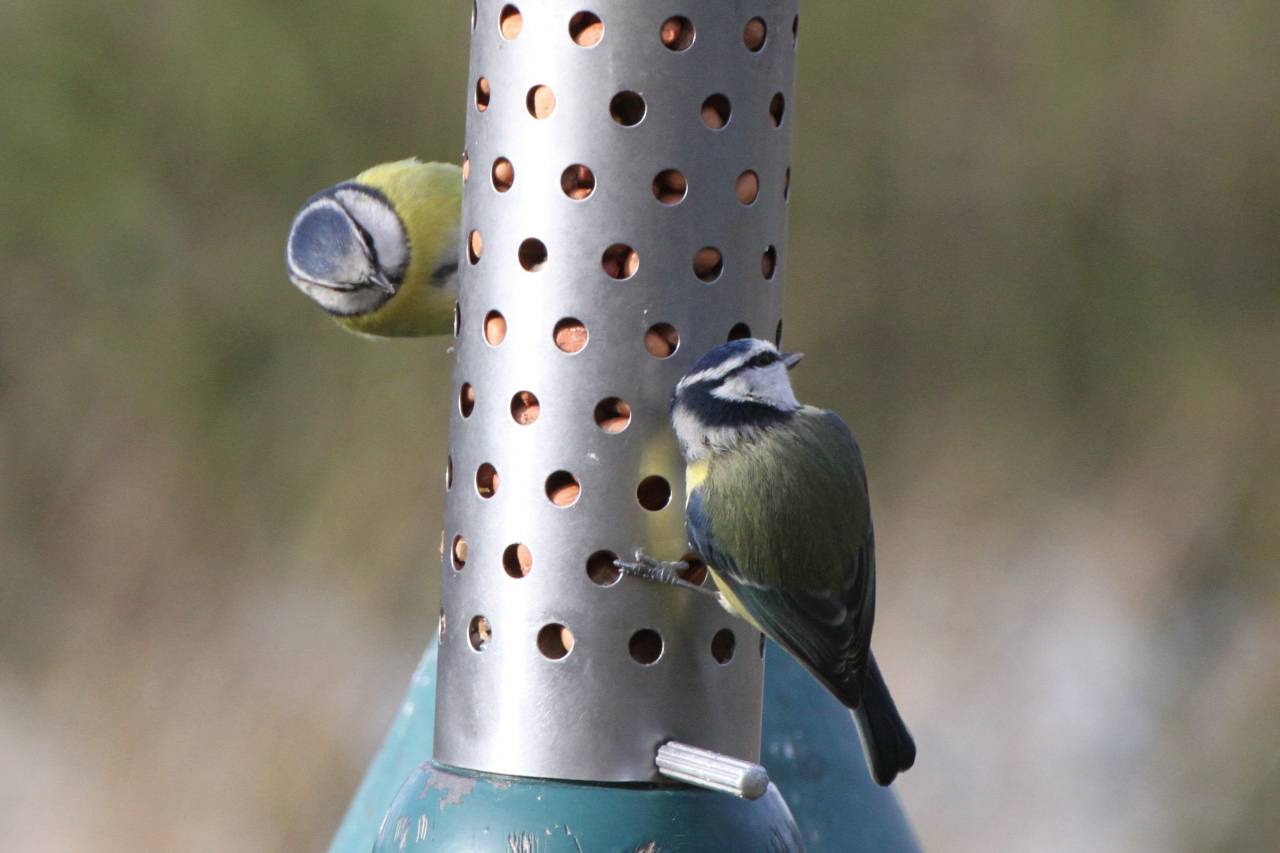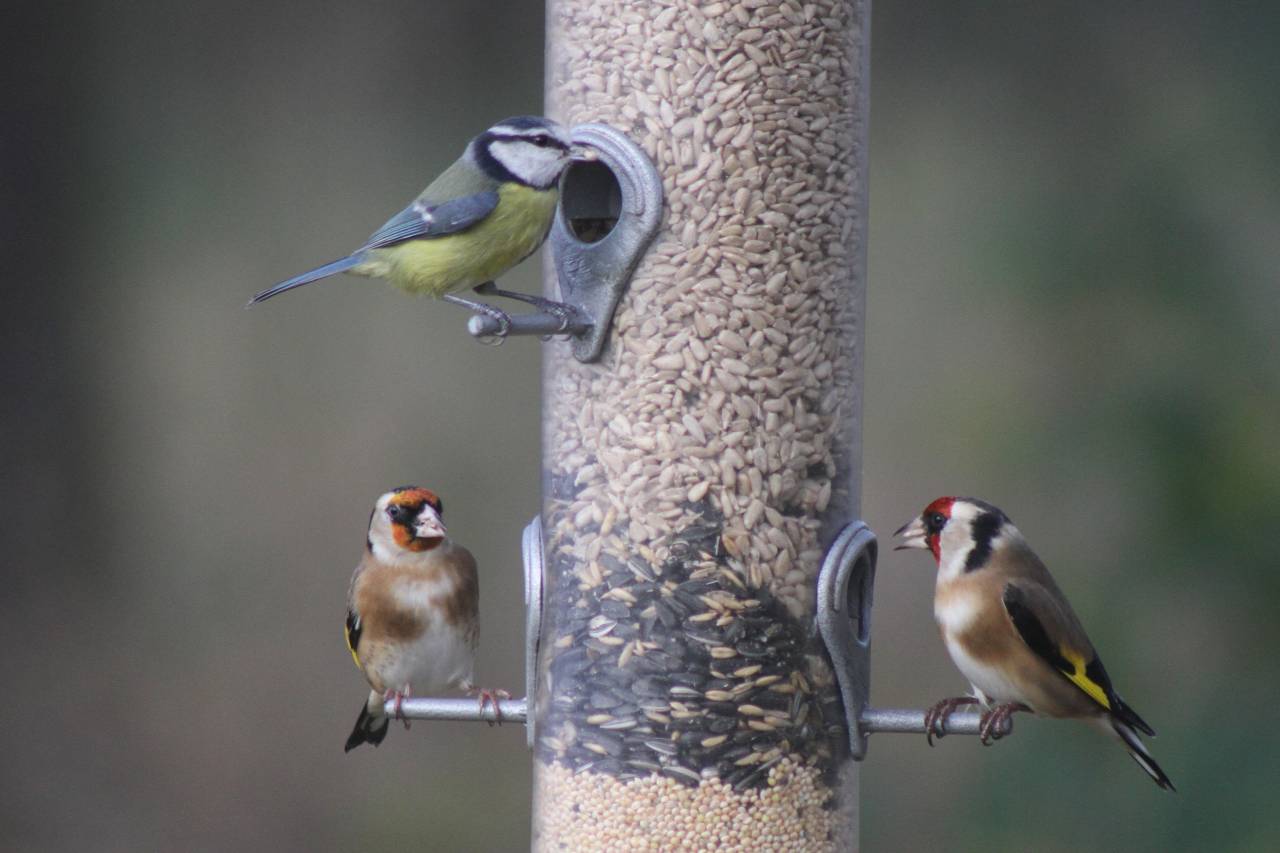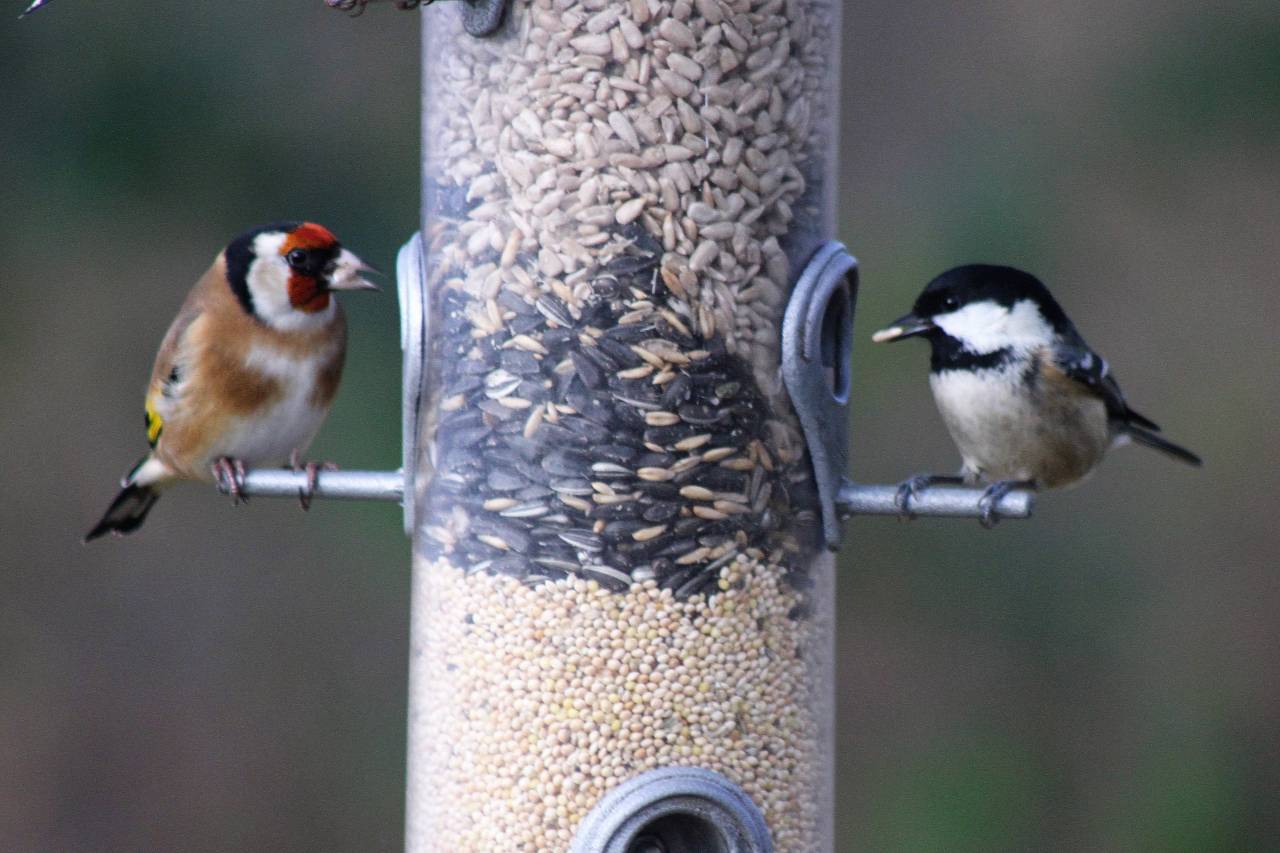
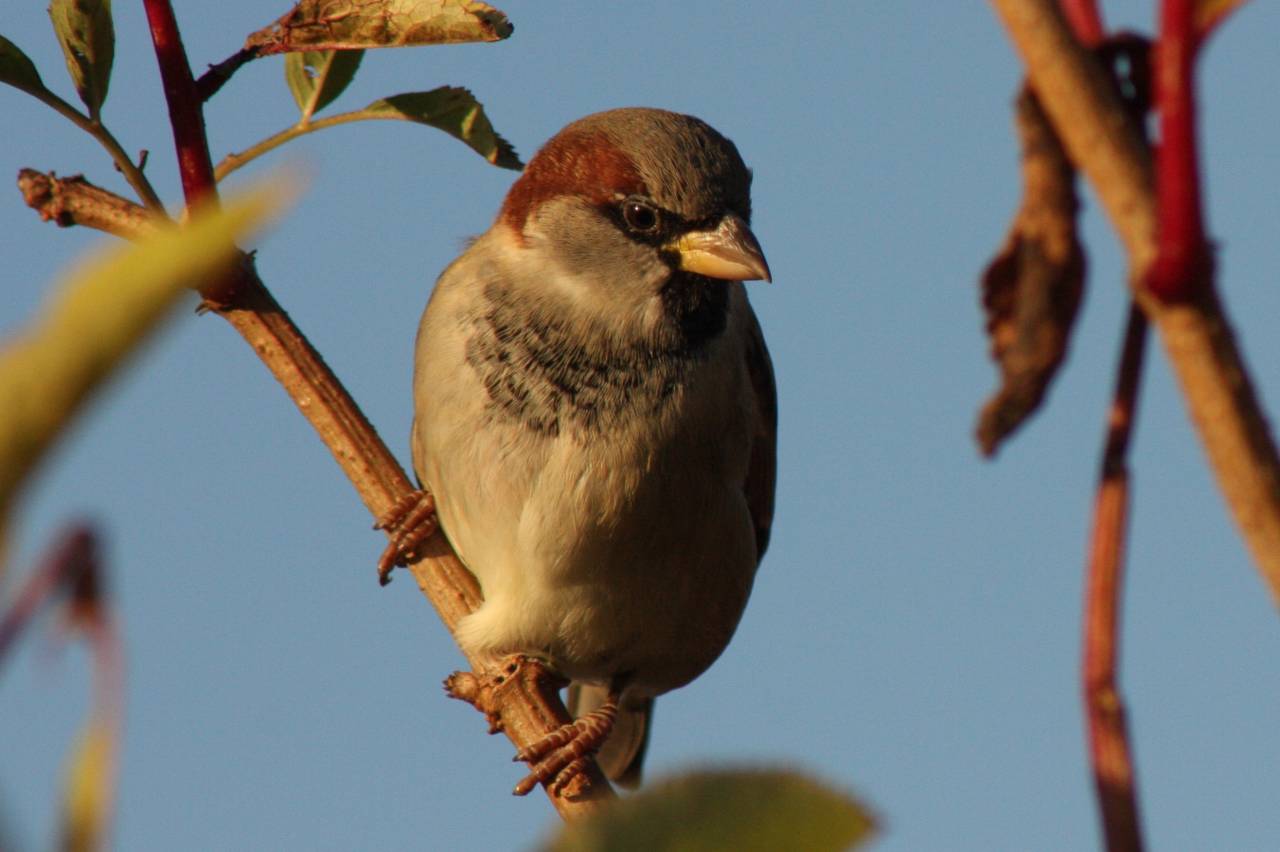
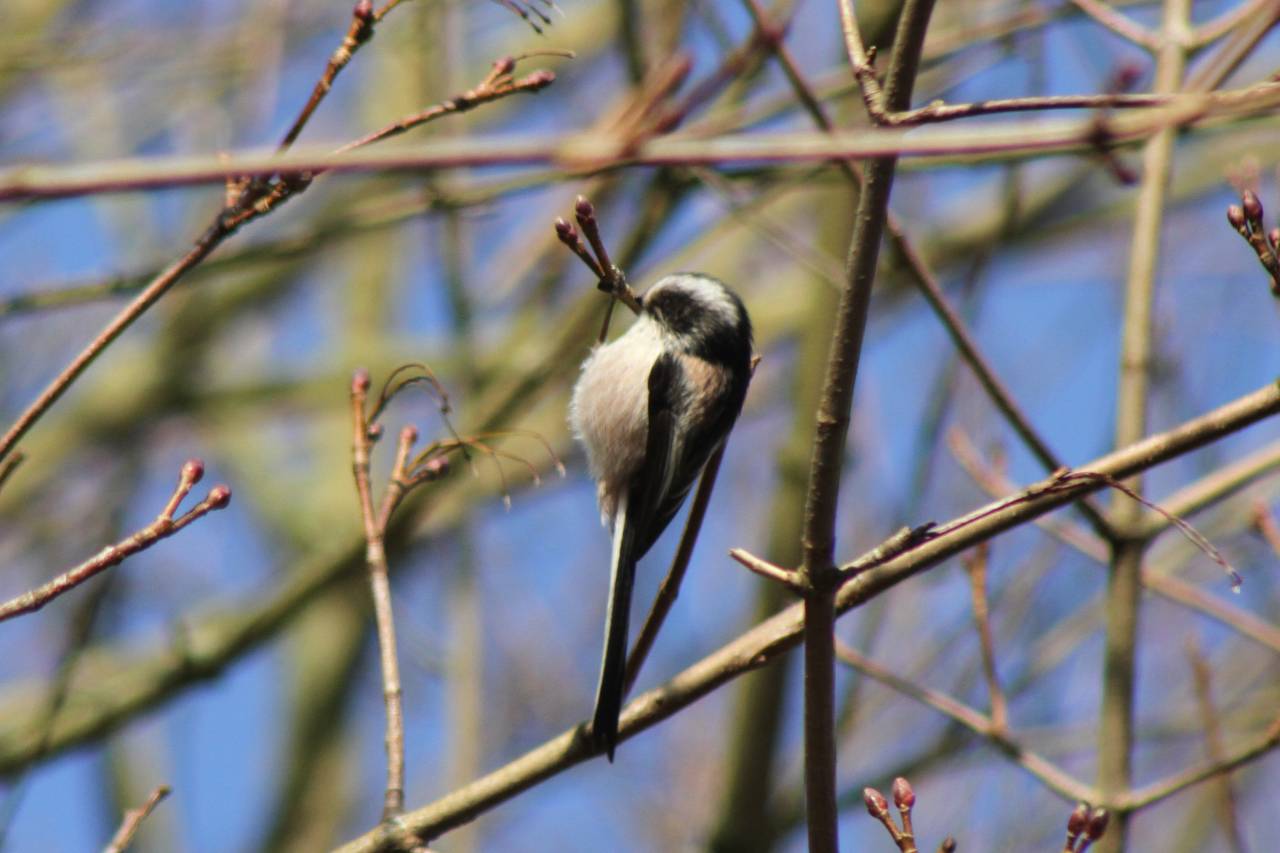
I’m delighted to say that our garden had its best Big Garden Bird Watch sightings for several years, the highlight being parties of long tailed tits, which continually amuse us with their antics. They are rarely still and seem to tumble and dive around the garden as they come to feed. The numbers of this delightful bird seen in the area has increased rapidly, and as well as reports from friends within the Parish, I regularly see parties of 25 to 50 in the lanes or on the reserve at Hockenhull. Other highlights included good numbers of blue and great tits, as well as at least ten house sparrows at one time. Observers from the village report sightings of nuthatches, a noisy bird that can climb up and down tree trunks, and several families have seen the elusive tree creeper. This little mouse like bird, with a white underside and distinctive curved bill, flies to the bottom of a tree, and climbs up the trunk, feeding as it goes, before flying down to the base of the next tree. They nest in small cracks behind the bark, and are almost always silent, so the only give away to them being present is to watch their movement in and out of the nest site, or just slowly circling a tree trunk whilst searching for food. Two tiny gold crests were also reported being seen in January. These tiny birds usually found in hedgerows or on the tops of trees are the smallest in the UK and have a distinct yellow flash on the head. Other favourites from the parishes 2020 bird watch records, have included greenfinch, coal tits, starlings, hedge sparrows and goldfinches. These colourful finches can be easily identified by their colourful plumage. Several pairs of the even more distinctive bull finch have also appeared in gardens in January.
Most small birds are already pairing off for the spring breeding season, and territorial disputes can occur at any time. Robins are usually the most aggressive to each other, but blackbirds can also cause quite a disturbance. Great tits are calling from the hedgerows now, and their teacher-teacher call is quite distinctive although it’s thought to have a repertoire of 9 songs to use. We have at least four song thrush males singing to proclaim their territories at Hockenhull, and recent visitors heard have included chiff chaff and cettis warbler. It’s very exciting that the rare Cettis warblers are beginning to settle in this area. Many visitors have heard them singing whilst wintering in reed beds at Burton and other Cheshire meres. It is even thought that they are possibly breeding here. They are probably the noisiest of all warblers with a very distinctive sharp repeated rasping call, and are the latest bird to move from the south of England and head further north, following the avocet, little egret and spoonbill, all now regularly seen and breeding on the Dee Estuary. I heard my first cettis warbler whilst attending a swan conference in Dorset in the 1990’s, later finding and reporting the first bird to appear at the WWT reserve at Llanelli in South Wales. I’m really excited that they have now reached Cheshire, and hope that they will find a home in the reed beds at Hockenhull.
-
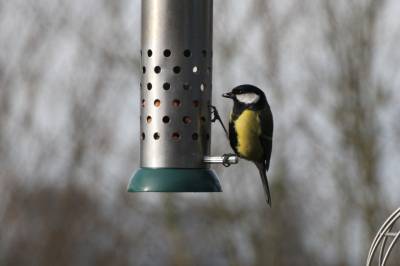
Great it Feeding on Nuts
-
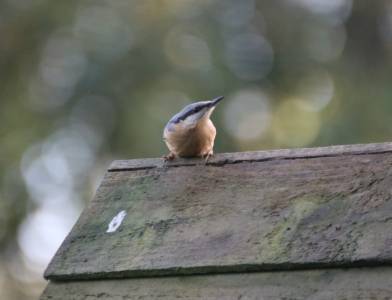
Nuthatch
-
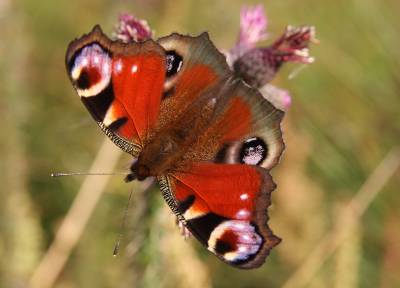
Peacock Butterfly
-
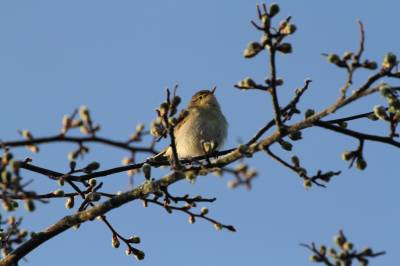
Chiff Chaff
-
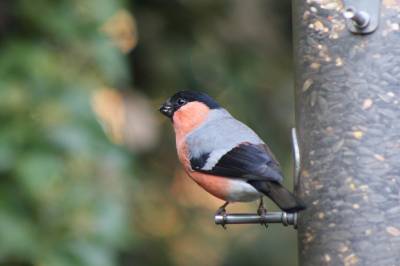
Bullfinch
-
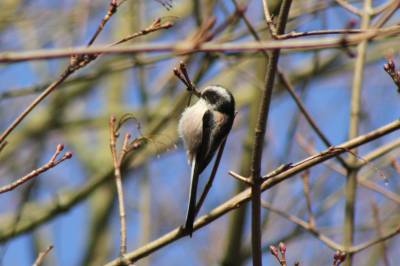
Long Tailed Tit
-
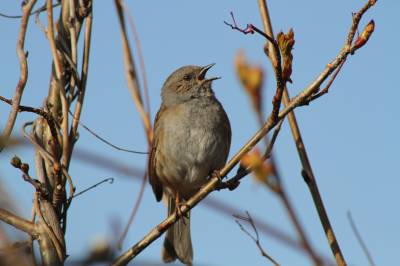
Dunnock Singing
-
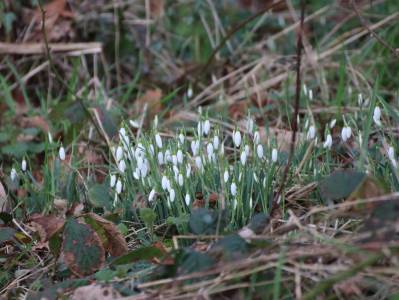
Snowdrops
-
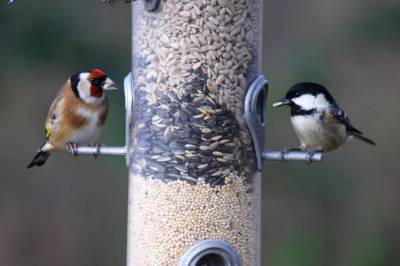
Goldfinch and Coal Tit
-
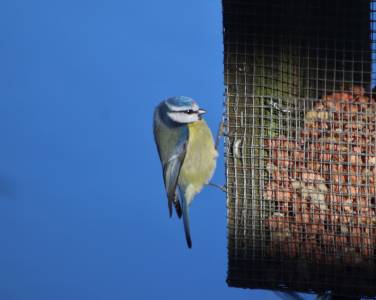
Blue Tit
-
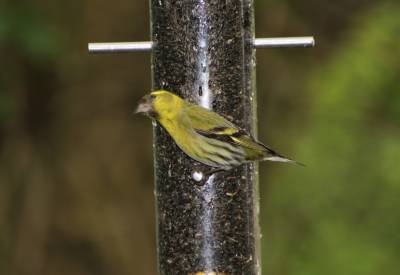
Greenfinch
-
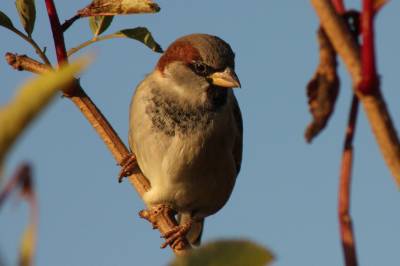
House Sparrow
-
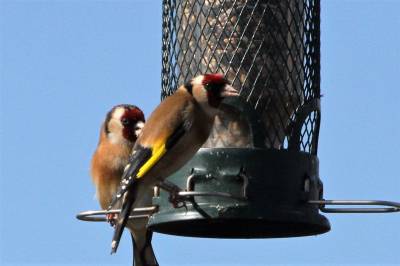
Goldfinch
-
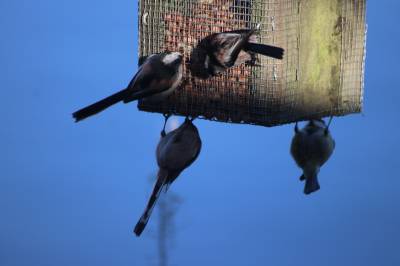
Long Tailed Tits
-
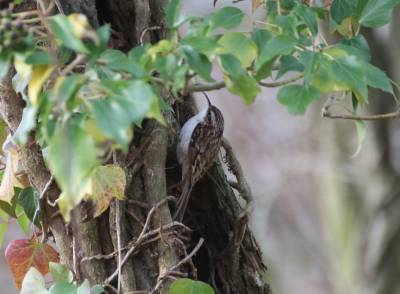
Tree Creper
-
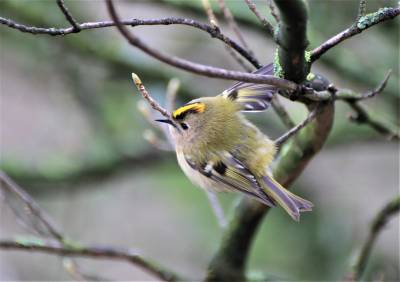
Goldcrest
-
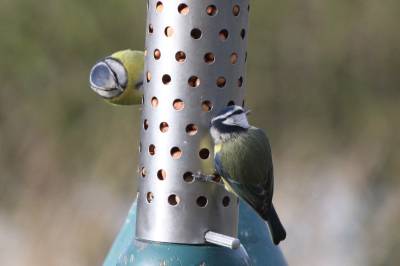
Blue Tits
-
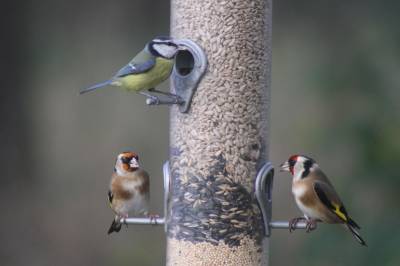
Goldfinch and Coal Tit

